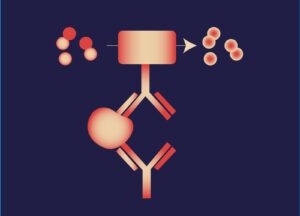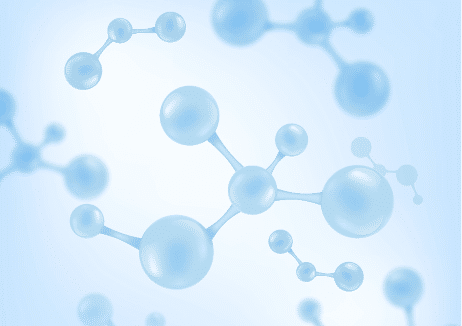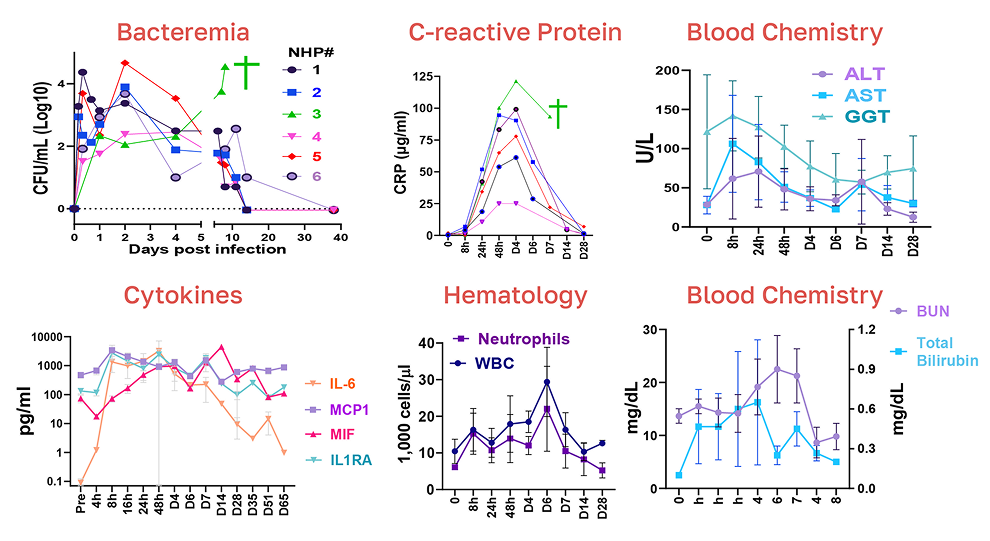Staphylococcus aureus bacteremia Non-Human Primate model
IBT Bioservices has developed a “NHP” model for evaluation of vaccines and therapeutics against bloodstream infections caused by Staphylococcus aureus infection. The model closely resembles the course of disease including following features.
Animal models for Staphylococcus aureus (S. aureus) diseases are critical for evaluation of the efficacy of antibiotic treatment, or experimental vaccines and immunotherapeutics. S. aureus models developed so far have been limited to mice, rats, and guinea pigs. Bacterial pathogenesis in these S. aureus rodent models does not optimally reflect bacterial pathogenesis in humans. Nonhuman primate (NHP) models are the closest experimental models to humans. IBT Bioservices has developed a unique macaque model of S. aureus bacteremia (bloodstream infection) using cynomolgus macaques.
This NHP model represents a unique model for testing the efficacy of novel antibiotics, vaccines, and immunotherapeutics as pivotal preclinical study prior to clinical trials.
Here’s a breakdown of the clinical course and blood chemistry changes observed in Cynomolgus macaques (NHPs) after intravenous infection with S. aureus USA300:




